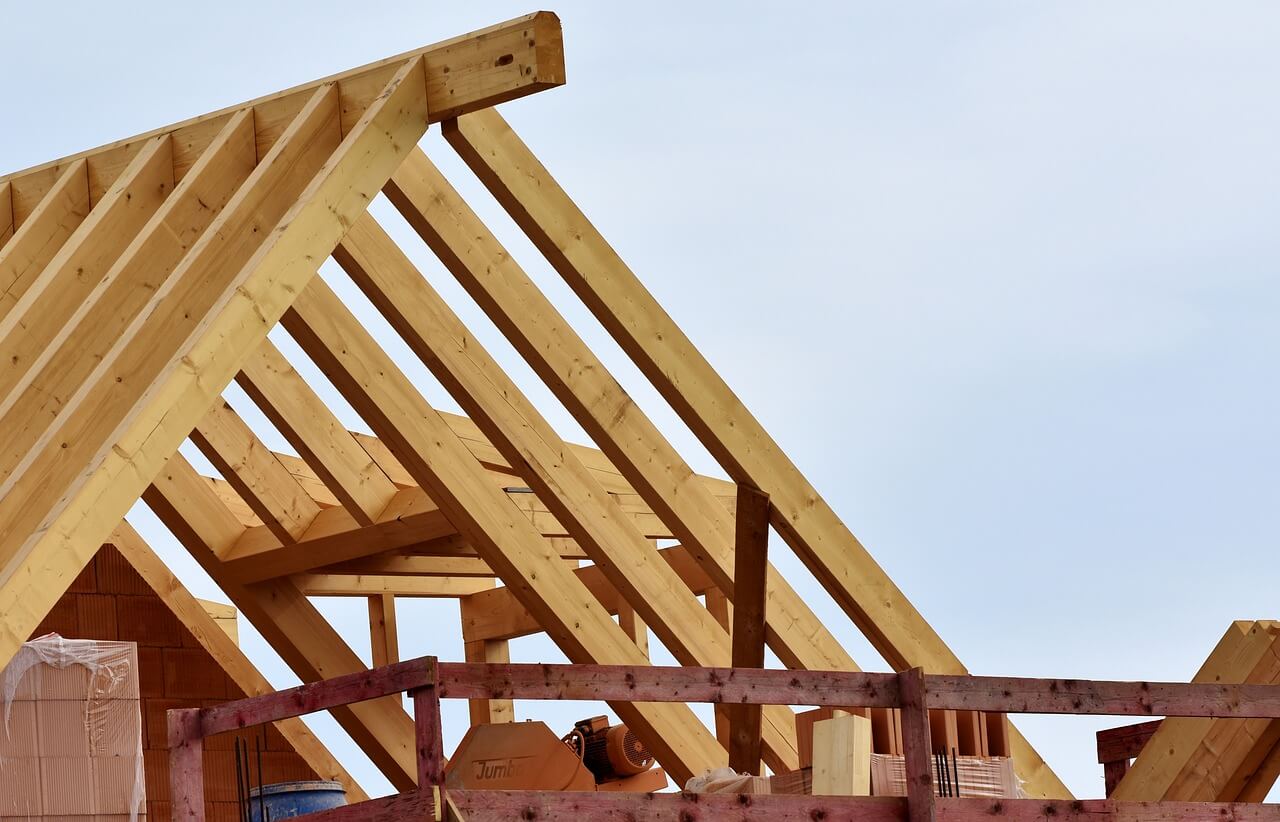We’re often asked what exactly is the difference between a Home Buyer Report and a Building Survey. Our RICS-registered Chartered Surveyors provide both Home Buyer Reports and Building Surveys for commercial and residential properties.
In this article, we’ll explain the differences between a Home Buyer Report and a Building Survey so that you get the property inspection that you need as part of a house purchase, sale or lease.
What is a Home Buyer Report?
A Home Buyer Report is a type of property survey recommended to the home buyer that provides a review of a property and lists details regarding its structure, condition and other factors that could affect the property.
Considering the costs involved with purchasing a property, it’s a good idea to consider having a property survey taken so you can get a clearer understanding of exactly what you are paying for.
What is a Building Survey?
A Building Survey is another type of property inspection for both commercial and residential properties. A Building Survey goes into a lot more detail than a Home Buyer Report by providing much more detail in the written report.
Building Surveys carried out by Perry Hill Chartered Surveyors provide a 30-page report with around 200 photos, a list of external and internal actions and the likely cost to fix.
Building Surveys are particularly common for older properties and those with obvious structural concerns and for buyers wanting to know the potential cost of problems with the property they are buying. Though the Home Buyer Report does not go into as much detail, it is still adequate inspection for many home buyers.
What is the difference between a Home Buyer Report and a Building Survey?
One of the main differences between a Home Buyer Report and a Building Survey is the detail in which a Building Survey goes into. A full structural Building Survey gives a much more comprehensive review of the property and offers professional advice on the issues raised in the report.
A Home Buyer Report follows a standard format and clearly highlights any property defects. Where Building Surveys can be tailored more to the property and concerns of the party wanting the building inspected, a Home Buyer Report is much more “out of the box”, for homes with a similar construction type, condition, and size.
The Home Buyer Report includes the following:
- Traffic Light System of Defects – A traffic light coding system uses green, amber, and red to describe the urgency in which a problem needs to be addressed.
- General property information describing the current condition of the property and highlighting any areas to be concerned about.
- Reinstatement costs – A Home Buyer Report, if requested, can provide accurate valuation and rebuild costs to be provided to legal advisors and financial lenders.
- General repairs advice highlighting the main defects that could affect the value of the property.
A Building Survey also includes the following:
- Detailed research – Prior to the building inspection, detailed research will be carried out to find out more about the land, location, and property history.
- Detailed advice – A Building Survey will highlight issues and concerns in the building, and also provide professional advice about the time and cost of repairing the urgent defects. In addition to this, a building survey will outline the cause of any issues so you can address these also.
- Tailored reporting – The opportunity to discuss concerns regarding the building and tailor the inspection and report to these.
Our expert residential property management team serve
Surrey, Sussex, Hampshire &
London
to assist with day-to-day operations including property inspections, rent collections, as well as property valuations and surveys.
What are the Benefits of a Building Survey?
A Building Survey provides a detailed report with expert opinions that can be used to guide your decision as to whether or not a property is considered a good or bad investment. A Building Survey is often considered an investment within the property industry and can help you avoid costly issues you may not have been able to foresee.
The Building Survey gives you a detailed evaluation of problems and is entirely in your best interests upon deciding to purchase a commercial or residential property. The benefits of a Building Survey include:
- Actionable Insights – Building Surveys don’t just highlight problems, they provide solutions too. With professional opinions and advice, a building survey investigates each issue to find the cause of the problem and provide you with options for repairing and preventing it from happening again.
- Budgeting – A Building Survey gives you the opportunity to budget towards the repair costs needed to fix and maintain the building.
- Negotiation – With the results of a Building Survey you can negotiate the price with the seller to factor in the condition of the property and the repair costs you will need to consider.
- Extremely detailed – A Building Survey looks at more than just obvious defects that can be seen on the surface. The Building Survey digs deeper and examines under flooring, between walls and on the roof. A building surveyor may also use various tools to help determine any issues that cannot be seen by the naked eye, whereas other surveys simply report on noticeable and obvious defects.
A Building Survey is also extremely valuable to sellers that need to know the steps they should take prior to selling a property. Those investing in a Building Survey report will receive factual information, advice, and priorities outlining which parts of the building need addressing, the potential costs, and time needed. This information allows the sellers to address these issues before putting the property on the market and will considerably increase the value of the property once resolved.
Building Surveys are particularly common for commercial premises such as industrial units, retail spaces, and office buildings.
Building Survey Process with Perry Hill Chartered Surveyors
When you contact one of our RICS Chartered Surveyors we will discuss with you any information you can provide to us about the property, and find out more about why you would like to obtain a Building Survey. This information will guide us through the process and allow us to provide closely tailored advice and recommendations throughout our inspection and within the detailed report that will be delivered to you within 10 working days of the property inspection.
On the inspection day, we will arrive at the property at an agreed time and will begin to inspect the property room to room. We will have with us the equipment needed to enter roof spaces and outbuilding, as well as camera equipment to take photos of the roof, and will spend a few hours carrying out the Building Survey.
After this stage, we will compile our findings into an extensive document that comments and advises on the best way to approach any property defects found during the inspection, together with photographic evidence. We break down the key actions that need to be fixed both externally and internally, with a budget to fix the issues so that you can see how much the work is likely to cost.
Once you have received your property report, we will be happy to discuss the report in detail with you to ensure that you understand everything completely. If you have any questions at all or would like to seek further advice, we will be happy to help.
Contacting Perry Hill Chartered Surveyors
There are differences between Home Buyer Reports and Building Surveys, but it is important that you seek trustworthy guidance as to the survey your property would be better suited towards. Our helpful team of RICS surveyors will give you the advice you need about the different property surveys and help guide you in the right direction.
Perry Hill Chartered Surveyors provide property inspection services throughout London and the wider South-East region. Our clients range from both commercial and residential and recognise the quality and attention to detail covered in both our property survey reports and customer service.
Please find more information about Building Surveys at our dedicated Building Survey Reports page, or Contact Us to speak to a member of our team.










